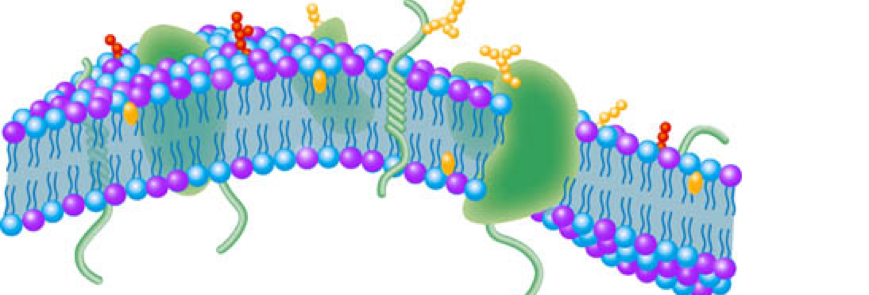Sign up for FlowVella
Sign up with FacebookAlready have an account? Sign in now
By registering you are agreeing to our
Terms of Service
Loading Flow


22. The plasma membrane defines the extent of a cell and separates it into two compartments-the intracellular fluid within cells and the extracellular fluid outside cells. Nearly all organelles are enclosed in a membrane, which is why we call it the plasma membrane. The membrane has a lipid bilayer which is constructed mostly of phospholipids. It also has smaller amounts of cholesterol and glycolipids. The inward and outward facing surfaces of the plasma membrane differ in the kinds and amounts of lipids they contain. The majority of membrane phospholipids are unsaturated. Glycolipids are phospholipids with attached sugar groups. These are found only on the outer plasma membrane surface and account for 5% of the total membrane lipid. Some 20% of the membrane is cholesterol, which stabilizes the lipid membrane by wedging its platelike hydrocarbon rings between the phospholipid tails and restraining movement of their phospholipids. About 20% of the outer membrane surface contains lipid rafts which pack together tightly and are concentrated platforms for molecules needed for cell signaling. Proteins make up half the plasma membrane by mass and are responsible for most of the specialized membrane functions.
